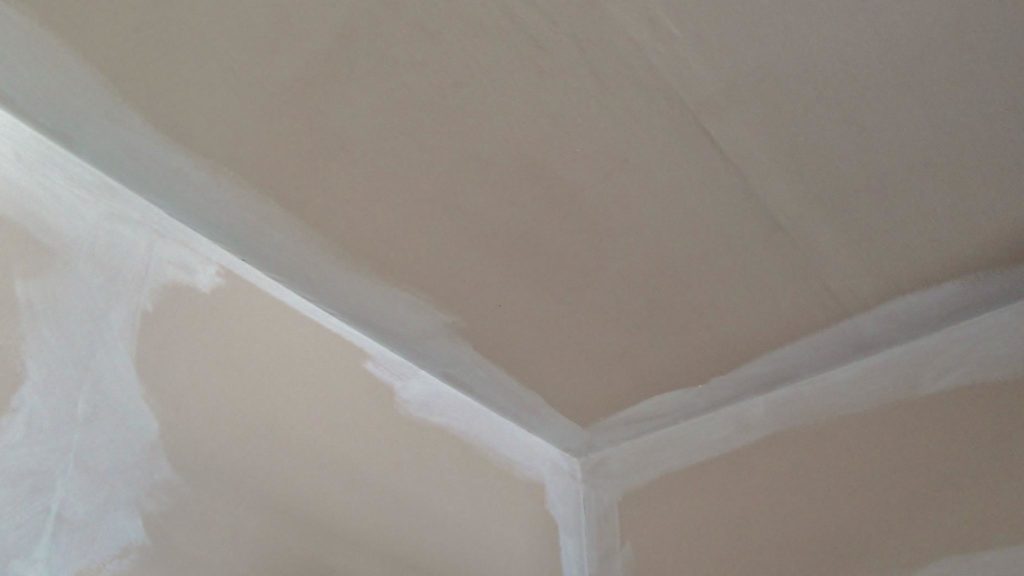Water based primer
Water-based primer for both bare and painted wood and water-based primer dries quickly.
acrylic (primer) paint

Water-based primer is also called acrylic paint. You will not get a nice result without applying a primer. The lacquer would then completely absorb into the wood. Then you can see the trajectories of the paint layer and the deposits. So always use a primer! Before using a primer, degreasing is a first requirement! Read the article about degreasing here. Water-based primer is used for indoor use. After all, the Arbo has made these requirements. I therefore find it very understandable that this is the case. After all, a paint consists of solvents and these can be harmful. With water-based primers, the solvent is water. It is then good for yourself and for the environment. There are certainly also water-based paints that are suitable for outdoor use. Urethane is then added to this so that this paint is also resistant to weather influences.
Water-based primer can also be topped with alkyd paint.
Water-based primer
If you use a water-based primer, it makes sense that you use a topcoat that is also water-based. You should not forget before you finish painting that you first sand the water-based primer well. In addition to degreasing, sanding is also very important. After all, with sanding you increase the surface, so that you get a good adhesion of the next coat of paint. Read the article about sanding here. This is mainly done indoors. The exterior painting is often done with an alkyd paint over the water-based primer. Read the article about painting outside here. One condition is that you allow the primer to dry thoroughly. If you fail to do this, your primer will become viscous. Let the water-based primer dry well for at least 2 days. You also have to sand well to get a good bond. When you darken a topcoat, make sure that your primer is also the same color. This prevents the light primer from showing through. I think it’s a good thing that this water-based paint exists. The knife cuts well on both sides for the environment and not harmful to yourself. What is a disadvantage is that a lot of dust is released while sanding the primer. These are again damage. Make sure you always wear a good mouth cap. Do any of you have good experiences with a water-based primer? Or do you have a general question about this topic? Then leave a comment below this article.
I'm Joost Nusselder, the founder of Tools Doctor, content marketer, and dad. I love trying out new equipment, and together with my team I've been creating in-depth blog articles since 2016 to help loyal readers with tools & crafting tips.
